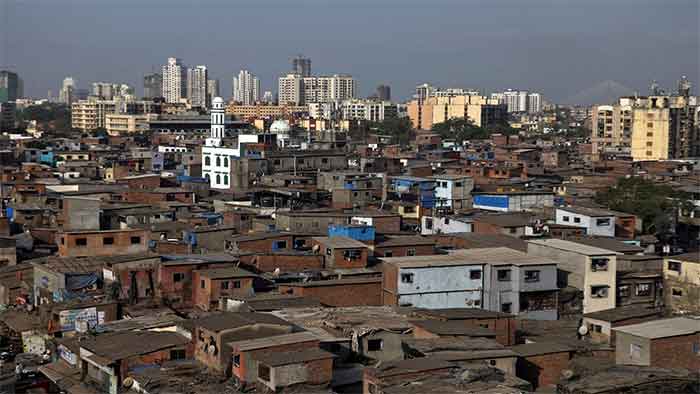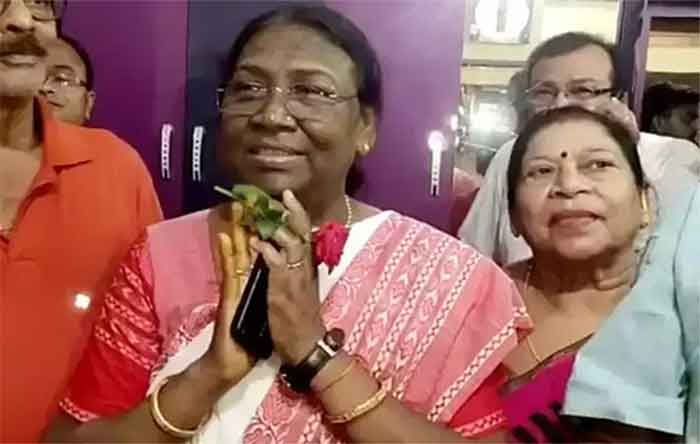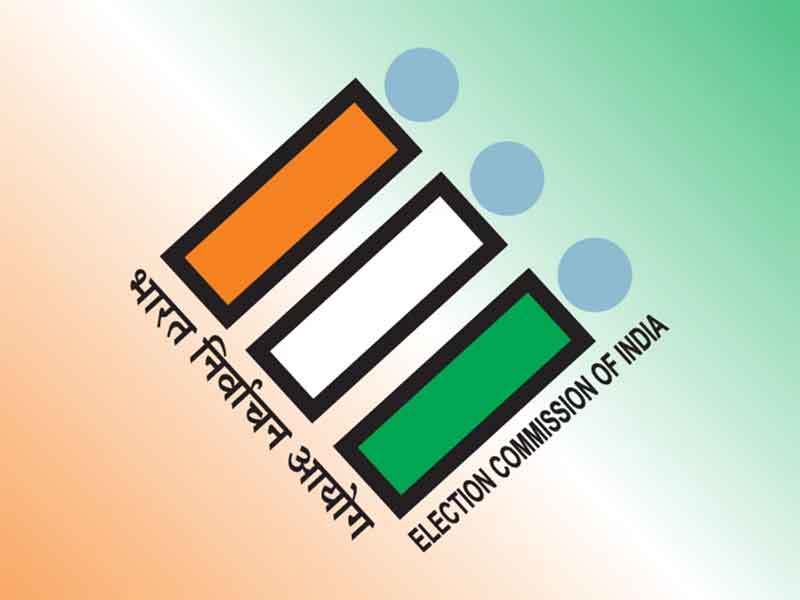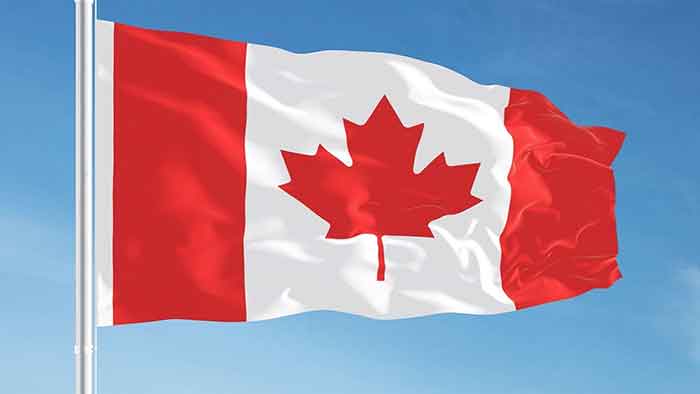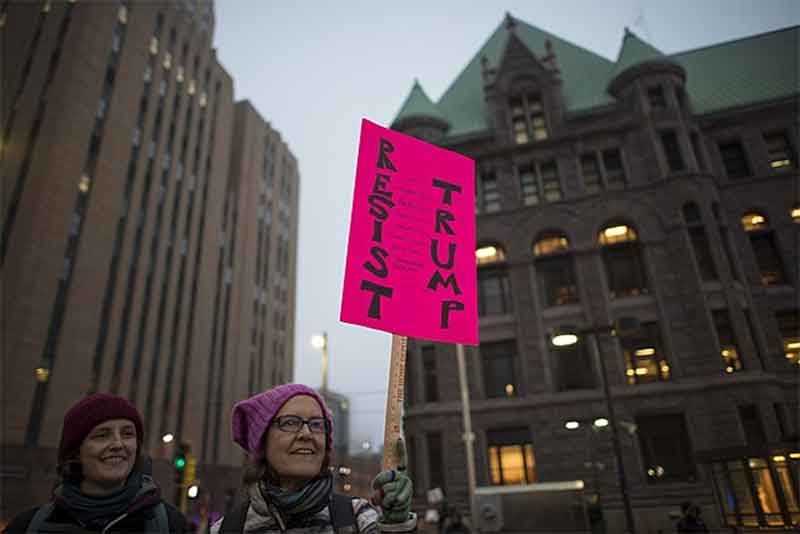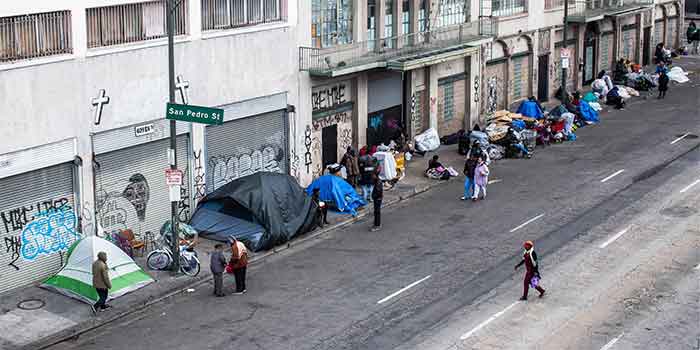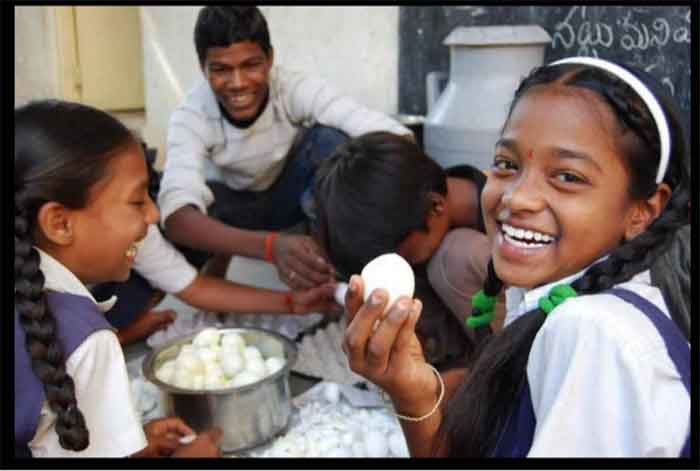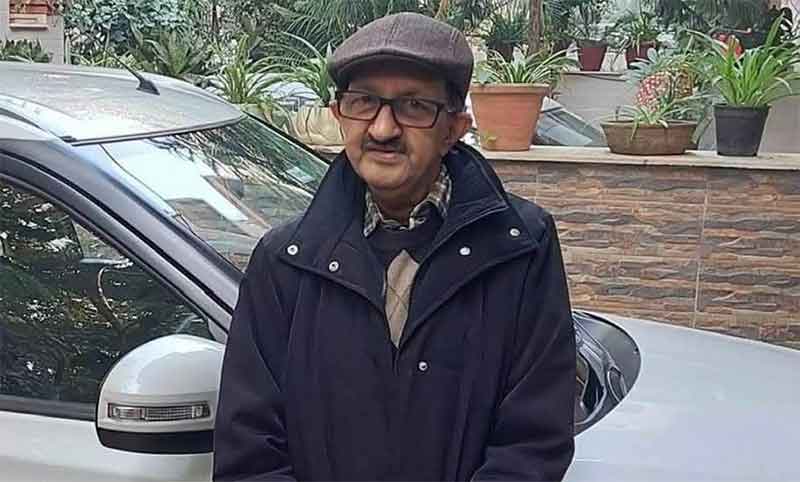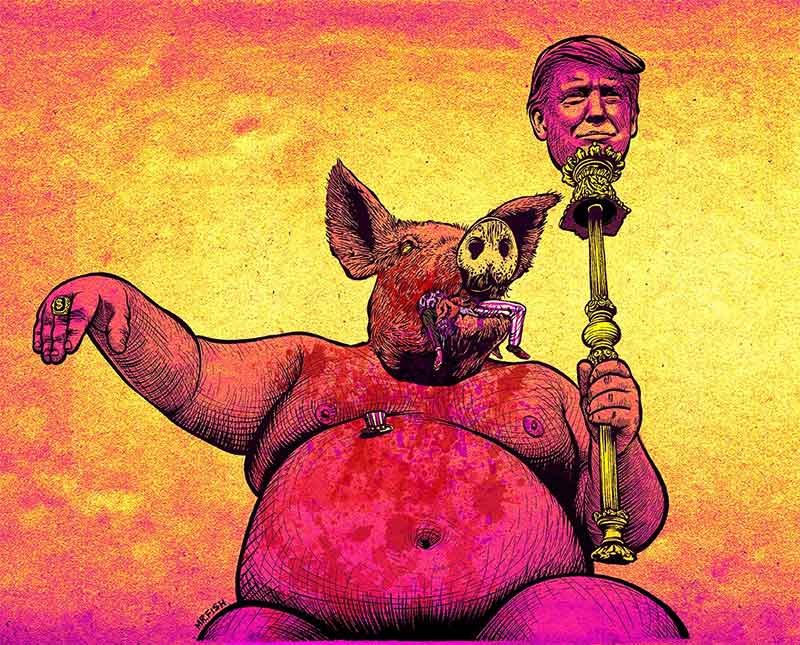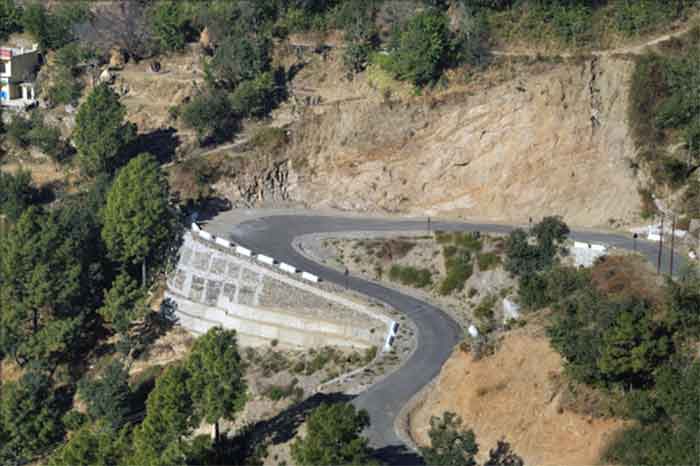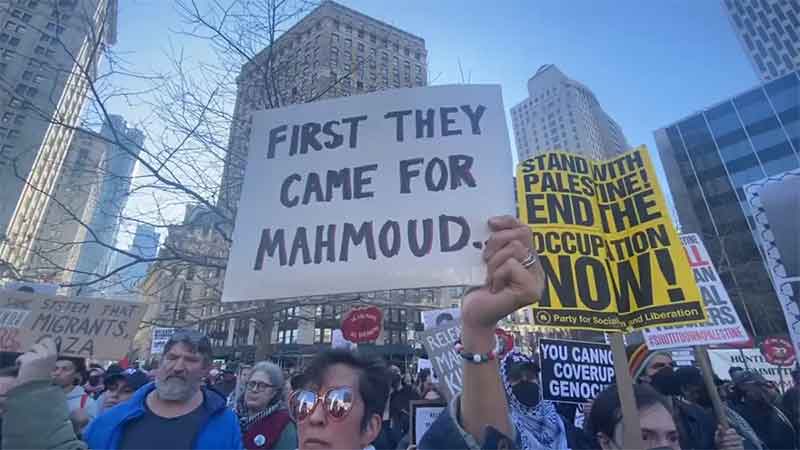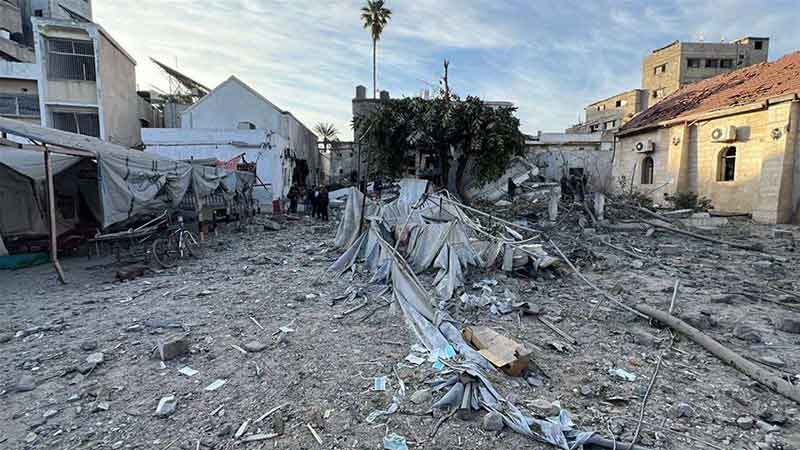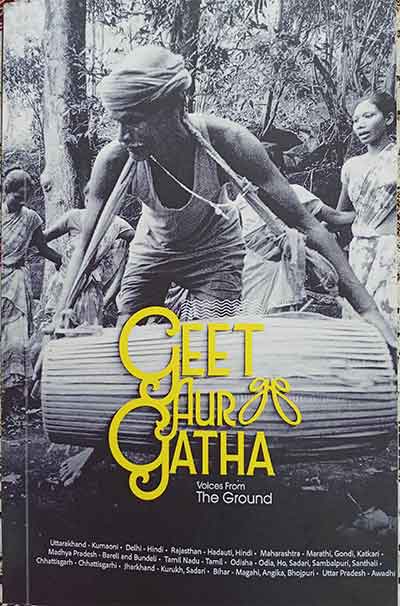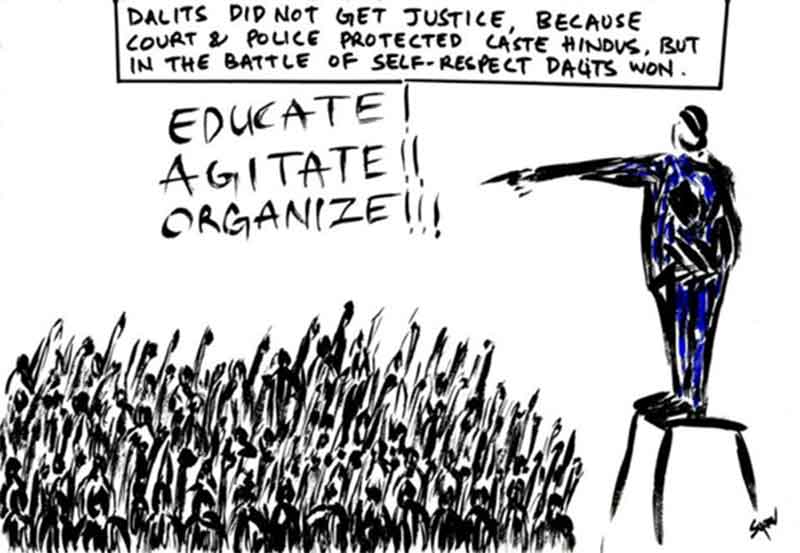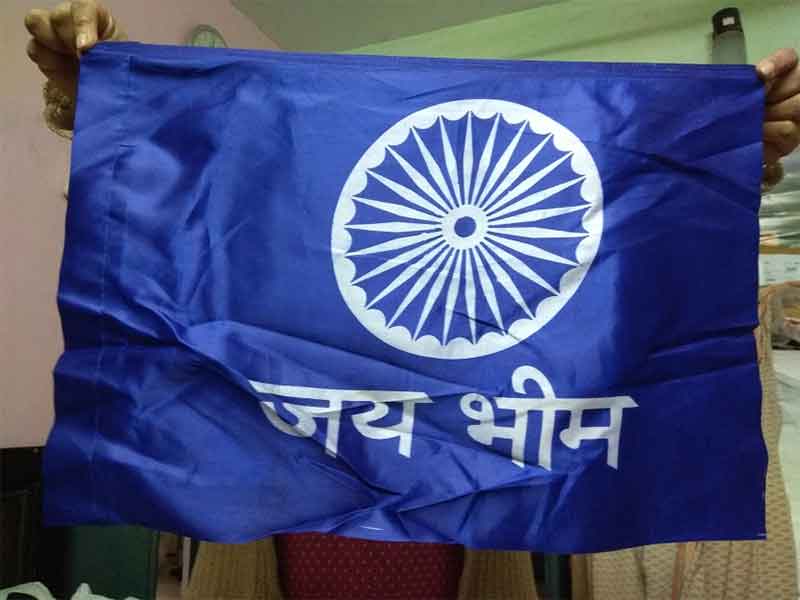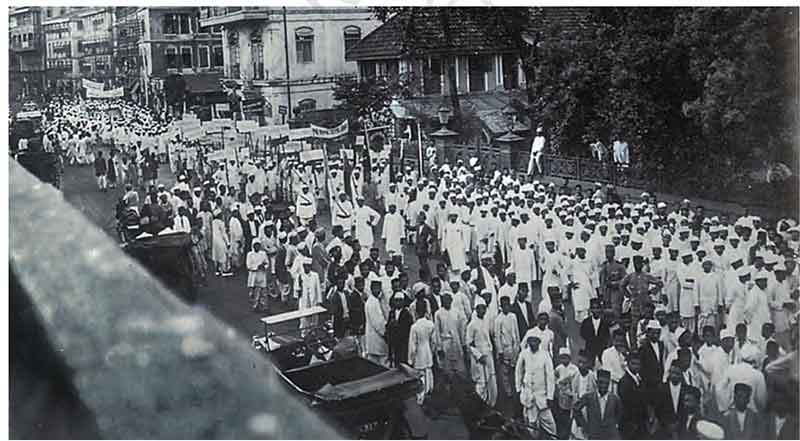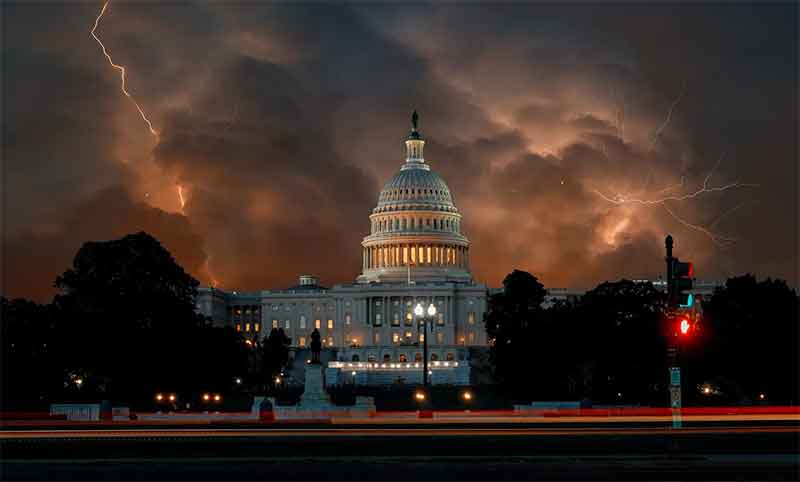The share of Tamil Nadu, AP and a few other States in the Lok Sabha & Rajya Sabha would reduce if the freeze of 1971 population basis relaxed- Constitutional amendments urgently needed to counter this
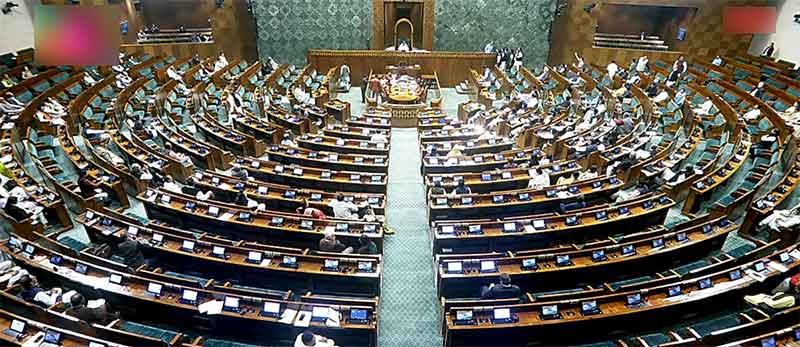
Respected Chief Ministers
Sir,
I refer to a statement reported to have been made by the Union Home Minister that the “Southern States will not be affected by the delimitation exercise, as Prime Minister Narendra Modi has ensured that not a single Lok Sabha seat is going to be reduced on a pro-rata basis, Union Home Minister Amit Shah said on Wednesday, promising that the southern States would get their rightful share of any increase in seats”
In this connection, I enclose a copy of my letter of 24th August, 2021 addressed to the Chief Ministers on how the share of Tamil Nadu, AP and a few other States in the Lok Sabha & Rajya Sabha would reduce, if the freeze of 1971 population basis were to be relaxed.
In that letter, I had indicated how, for example, if the freeze of 1971 population basis were to be relaxed, the share of seven States in the number of Parliamentary constituencies (AP, Telangana, Tamil Nadu, Karnataka, Kerala, Odisha, W.Bengal) would decline from 35.4% to 34.3%, whereas the corresponding share of six States (UP, Bihar, MP, Haryana, Gujarat, Rajasthan) would increase from 38.8% to 40.9%.
In other words, if the freeze of 1971 population basis were to be relaxed, those States where the population growth had declined since 1971 would stand to lose in favour of those in whose case the population growth had not declined that extent.
This would introduce an asymmetric imbalance in the inter-State pattern of representation in the Parliament, indirectly acting as a penalty imposed on States in whose case the population growth rates have been less and as an incentive to States to counter reductions in the population growth rates.
While the Union Home Minister’s statement does reflect the sensitivity of the Centre to the need to maintain the inter-State pattern of representation in the Parliament, it is not enough if a mere statement is made, not adequately supported by the required statutory measures.The legal position is explained below:
The Constitution (Eighty-fourth Amendment) Act, 2001 and the Constitution (Eightyseventh Amendment) Act, 2003 have, inter alia, amended Articles 81, 82, 170, 330 and 332 of the Constitution of India. The cumulative effect of these amendments to the Constitution is that –
(i) the total number of existing seats as allocated to various States in the House of the People on the basis of 1971 census shall remain unaltered till the first census to be taken after the year 2026;
(ii) the total number of existing seats in the Legislative Assemblies of all States as fixed on the basis of 1971 census shall also remain unaltered till the first census to be taken after the year 2026
In other words, if the Centre undertakes the Census, originally scheduled to to be undertaken in 2021, sometime in the near future, the delimitation of Parliamentary constituencies would necessarily have to be based on such Census enumeration, in which case there would be a threat of at least seven States including many Southern States losing their representation in the Parliament in favour of the other States, mostly located in the north, as referred above, unless the Centre and the States collectively bring about a further amendment to the relevant provisions of the Constitution to continue the 1971 population basis for delimitation.
I suggest that the Centre and the States, in the interest of maintaining the existing inter-State pattern of representation in the Parliament, act collectively to introduce the necessary amendments to the Constitution, well before the current Census is undertaken.
The urgency in this matter arises as the Census Commission has already initiated preparatory steps to undertake the current Census, which would take not more than a couple of years (https://www.newindianexpress.com/nation/2024/Aug/22/long-delayed-population-census-may-start-in-september-likely-to-take-18-months-to-finish-report)
In my view, it is the responsibility of the Centre to act urgently in this matter.
If the Centre fails to act in time, at least seven States losing the pro-rata share of their representation in the Parliament will become a fait accompli.
Regards,
Yours sincerely,
E A S Sarma
Visakhapatnam
27th February 2025
Copy of my letter of 24th August, 2021 addressed to Chief Ministers on how the share of Tamil Nadu, AP and a few other States in the Lok Sabha & Rajya Sabha would reduce, if the freeze of 1971 population basis relaxed
To
Shri M K Stalin
Chief Minister
Tamil Nadu
Shri Y S Jagan Mohan Reddy
Chief Minister
Andhra Pradesh
Dear Shri Stalin and Shri Jagan Mohan Reddy,Kindly refer to the Indian Express news report dated 24-8-2021, “TN should get Rs 5,600 cr compensation for loss of two MP seats: Madras HC” (https://indianexpress.com/article/india/tn-should-get-rs-5600-cr-compensation-for-loss-of-two-mp-seats-madras-hc-7467586/)
.
The issue that arises in this connection is that the Southern States which have been able to achieve impressive results in family planning over the decades will stand to lose in terms of their representation in the Lok Sabha, whereas those States, primarily in the Gangetic belt, where the average rates of population growth have exceeded the All india average will stand to gain, if the population basis for delimitation is to be shifted from 1971 to 2021 or 2031 as per the decade.
The legal position is as follows.
“The Constitution (Eighty-fourth Amendment) Act, 2001 and the Constitution (Eighty-seventh Amendment) Act, 2003 have, inter alia, amended Articles 81, 82, 170, 330 and 332 of the Constitution of India. The cumulative effect of these amendments to the Constitution is that –
(i) the total number of existing seats as allocated to various States in the House of the People on the basis of 1971census shall remain unaltered till the first census to be taken after the year 2026; (ii) the total number of existing seats in the Legislative Assemblies of all States as fixed on the basis of1971census shall also remain unaltered till the first census to be taken after the year 2026;”
Even though the boundaries of constituencies were altered in 2001 to equate population among the Parliamentary and assembly seats; the number of Lok Sabha seats that each state has and those of legislative assemblies has remained unaltered since 1971 census and may only be changed after 2026 as the Constitution was again amended (84th amendment to Indian Constitution) in 2002 to continue the freeze on the total number of seats in each state till 2026. This was mainly done as States which had implemented family planning widely like Kerala, Tamil Nadu and Punjab would stand to lose many parliamentary seats representation and Stateswith poor family planning programs and higher fertility rates like Uttar Pradesh, Bihar and Rajasthan would adversely gain many of the seats transferred from better-performing States.
To illustrate the impact of the higher population growth rates on delimitation, I have tabulated the position below w.r.t the Lok Sabha seat shares vis-a-vis the incremental/ decremental population growth rates as per the Census figures for 2001-2011.
States whose performance in family planning was better.
| State | % of LS Seats pre-delimitation | % of LS Seats post-delimitation | Decadal population growth % (+/-) (2001-2011)w.r.t All India average |
| AP | 4.6 | 4.3 | -6.7 |
| Telangana | 3.1 | 3 | -6.7 |
| Tamil Nadu | 7.2 | 7.1 | -2.1 |
| Karnataka | 5.2 | 5.2 | -2.1 |
| Kerala | 3.7 | 3.5 | -12.8 |
| Odisha | 3.9 | 3.8 | -3.7 |
| W.Bengal | 7.7 | 7.4 | -3.9 |
| Total % of seats in LS | 35.4 | 34.3 |
States whose population growth rates are higher than the national average.
| State | % of LS Seats pre-delimitation | % of LS Seats post-delimitation | Decadal populationgrowth % 2001-2011 (+/) w.r.t All India average |
| UP | 14.7 | 15.3 | 2.5 |
| Bihar | 7.4 | 7.9 | 7.7 |
| MP | 5.3 | 5.6 | 2.6 |
| Haryana | 1.8 | 2 | 2.2 |
| Gujarat | 4.8 | 5 | 1.6 |
| Rajasthan | 4.6 | 5.1 | 3.6 |
| Total % of seats in LS | 38.6 | 40.9 |
The above figures will change further if the population growth rates for 2011-2021 are to be considered.
In other words, the six States with higher population growth rates will have a representation of 40.9% in the LokSabha, based on the increased share in the population, if the population basis is to be shifted from 1971 to 2031. This implies that those States that performed well in family planning will have to pay the penalty of having a lower share in the number of Lok Sabha seats, where as those primarily in the Gangetic region, whose population growth rates continue to be much higher than the national average will gain and have a more dominating role in the LokSabha.
The same logic will apply to the legislative Assemblies and, indirectly, the Rajya Sabha numbers.
A similar issue arose when the Centre had unilaterally shifted the population base from 1971 to 2011 in the Terms of Reference for the last Finance Commission, when I had raised the matter with the President of india. A copy of my letter is enclosed.
Representation for the States in the Parliament has crucial importance in the matter of the Centre-State relations and in ensuring that some States do not be at a disadvantage politically for implementing family planning better than the other States. In the case of the European Union where a similar problem had been encountered, the European nations adopted the “principle of degressive proportionality” which implies that some weightage is given to declining populationgrowth rates etc. resulting from policy measures of the respective governments. The Delimitation Commissions should adopt a similar approach in India.
Since the question of lifting the freeze on the 1971 population basis is imminent, I suggest that the affected Statescome together to discuss this issue urgently and bring political pressure on the Centre and the other States not to disturb the status quo.
Kindly treat this as most urgent.
Regards,
Yours sincerely,
E A S Sarma
Former Secretary to Govt of India
Visakhapatnam
24-8-2021

